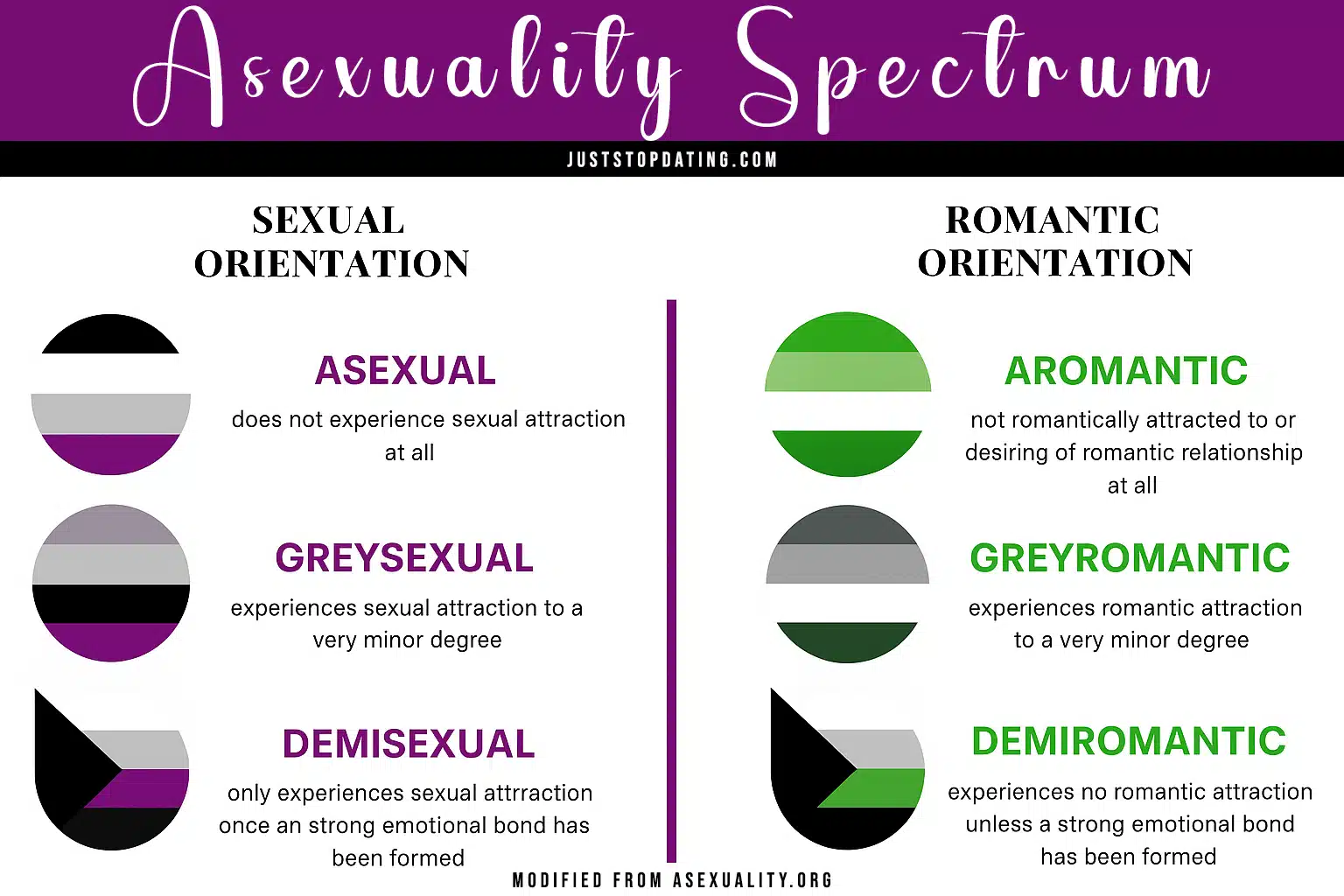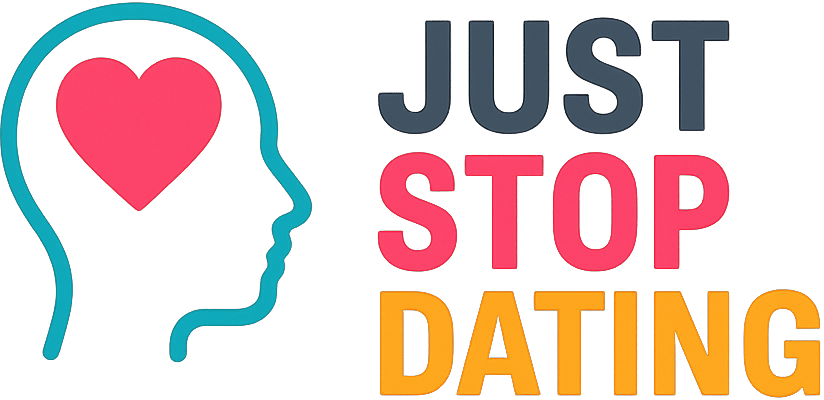Asexual is a sexual orientation characterized by little or no sexual attraction to others. This identity exists on a broad spectrum of experiences, from those who never experience sexual desire to those who do so under specific conditions. Recognized as valid, this orientation is distinct from celibacy, low libido, or avoidance of intimacy.
Asexual
| |
|---|---|
| Category(ies) | Sociology, Sexual Orientation |
| Format | Spectrum identity label |
| Duration | Fluid or lifelong, depending on individual experience |
| Primary Use | Self-identification, community, and educational inclusion |
| Key Features | No or low sexual attraction, diverse experiences, distinct from behavior, not a dysfunction |
| Synonyms | ace, a-spec, graysexual, non-libidoist, aro-ace |
| Antonyms | allosexual, hypersexual, sexual, libidinous, erotically inclined |
| Sources: MacInnis & Hodson (2021); Yule, Brotto & Gorzalka (2016); AVEN (Asexual Visibility & Education Network) | |
Definition
The term describes a sexual orientation in which an individual experiences no or minimal sexual attraction to others. Members of the ace spectrum may engage in romantic, aesthetic, or sensual connections without desiring sexual contact. Their identity is unrelated to trauma, hormone levels, or conscious abstinence and forms a valid part of LGBTQIA+ discourse.
Historical Context
Pre-2000s: Misunderstanding and medicalization
Prior to community visibility, those identifying as non-libidoist were often misdiagnosed or dismissed as repressed, hormonal, or psychologically avoidant. The concept of a legitimate non-attraction orientation was largely absent from public discourse.
2000s: AVEN and public emergence
The Asexual Visibility and Education Network (AVEN), launched in 2001, became a global platform for awareness, research, and identity validation within and beyond queer spaces.
2010s–present: Inclusion, resistance, and spectrum awareness
Greater representation in media and academia has increased public understanding. Tensions remain around whether ace-spectrum identities are consistently respected within mainstream queer movements and clinical frameworks.
Core Characteristics
- Little or no sexual attraction to any gender
- May still feel romantic, aesthetic, or sensual attraction
- Not equivalent to celibacy or disinterest in relationships
- Part of a larger a-spec identity group
- Can engage in sex, though often for non-attraction-based reasons
Psychological and Social Dimensions
Ace individuals frequently encounter invalidation, misunderstanding, or pressure to conform to sexual norms. They often find fulfillment in queerplatonic bonds, emotionally rich partnerships, or identity-based communities that affirm alternative intimacy models. Their experiences may intersect with neurodivergence, gender variance, or nontraditional relationship structures.
Challenges and Misunderstandings
- Commonly mistaken for celibacy or sexual dysfunction
- Underrepresented in both sex-positive and heteronormative cultures
- Struggles in navigating expectations with allosexual partners
- Erased from queer narratives due to lack of visible “difference”
Representation in Media
While ace characters are becoming more common in literature and television, they are often underdeveloped or left without clear labeling. Community advocacy challenges tropes that depict lack of desire as something to overcome or fix.
Visual Art and Culture
- Pride flag: black (no attraction), gray (gray-area), white (support), purple (community)
- Ace visibility days and community events highlight celebration of identity
- Artworks often focus on emotional connection, identity autonomy, and intimacy beyond sex

Research Landscape
Academic studies explore minority stress, visibility, mental health, and the impact of erasure on people within the graysexual or non-attraction communities. Progress has been made in distinguishing this orientation from medical conditions or disorders.
- How to Become the “Avoidant Ex”: Wanting Love But Fearing Commitment
- "When Somebody Comes into This Country and You Are Trans on Top of That Is Like You Got… Two Strikes on You": Intersectional Barriers to PrEP Use Among Latina Transgender Women in the Eastern and Southern United States
- The Mediation Role of Emotion Regulation in the Relationship Between Anxiety and Depression in University Students with Specific Learning Disorder
- Health Disparities at the Intersection of Racism, Social Determinants of Health, and Downstream Biological Pathways
- The Interplay Between Psychological and Neurobiological Predictors of Weight Regain: A Narrative Review
FAQs
What does it mean to be asexual?
It means someone experiences no or minimal sexual attraction. This is an orientation, not a behavior or dysfunction.
Is asexuality the same as celibacy?
No. Celibacy is a choice. Ace identity is an orientation, not a lifestyle decision.
Can ace people be in relationships?
Yes. Many engage in romantic, platonic, or emotionally intimate relationships that fulfill their needs.
Do ace-spectrum people have sex?
Some do. Their decisions are driven by trust, intimacy, or partnership but not by sexual attraction.
Is this identity part of the LGBTQIA+ umbrella?
Yes. Many ace-spectrum individuals identify with the queer community because they challenge dominant models of sexual expression and desire.




